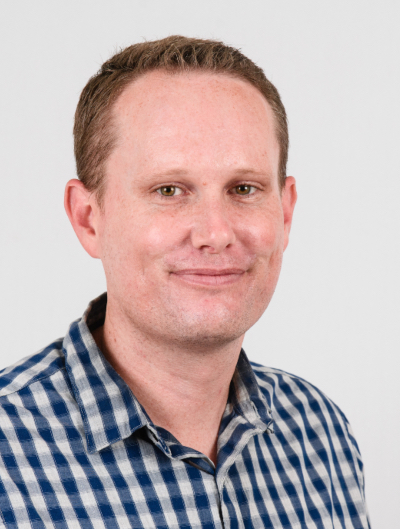Research Examines Healthcare Education Market Responses
About the research Heading link

The passage of the Affordable Care Act in 2010 granted millions of Americans access to healthcare markets that were previously unavailable due to cost or denial of insurance coverage. The bill represented a fundamental transformation of healthcare delivery in the United States, but similar changes were not to be found in healthcare education markets.
That disparity is the subject of new research from Marcus Dillender, PhD, assistant professor of health policy and administration at the University of Illinois at Chicago (UIC) School of Public Health. His article, “Does the healthcare educational market respond to short-run local demand?” published in the Economics of Education Review, found healthcare degrees did not rise with expansion in health insurance coverage, even among specializations.
“There was this idea that the Affordable Care Act was going to cause this frenzied need for additional healthcare workers,” Dillender said. “As a whole, education markets are responsive to local demand, but with Medicaid expansion, this isn’t a free market.”
Dillender notes healthcare settings can accommodate an increase of patients in a variety of ways: physicians can work more hours, use of telehealth can increase and healthcare education markets can adjust, among other possibilities. Healthcare settings may have excess capacity to accommodate a patient influx.
In the case of the Affordable Care Act, thus far there is not evidence that healthcare providers have failed to accommodate the volume of patients, but Dillender says more research is needed to examine possible spillover effects, such as increased wait times for those already receiving healthcare, declines in quality of care and issues of cost.
Capacity constraints may account for why healthcare education markets have not seen increased demand. Universities, especially public institutions tend to move slowly, facing cost constraints in building new facilities and human resources challenges in finding new faculty. Universities also must be nimble enough to increase capacity while anticipating downturns in demand.
Dillender cautions that analyses of these factors is impacted by government involvement in the healthcare market.
“If we want a free market to get us to the distribution of healthcare workers we need, we need the education market to respond to these signals,” Dillender said. “With Medicaid expansion, prices aren’t adjusting because they are set by the government, so it’s not clear that would happen.”
With numerous presidential candidates endorsing some version of Medicare For All during the 2020 campaign, Dillender says reimbursement rates can play a role in how education markets respond to a healthcare delivery system approaching universal access. He says that while Medicaid’s lower reimbursements compared with other health insurers may cloud signals for education markets, a single payer in a Medicare For All system has the potential to address this. However, Dillender cautions more research is needed due to the unknowns on capacity constraints and spillover effects.
“I tell my health economics students that healthcare is an interesting market setting because it’s a combination of public and private players that you don’t get in a lot of other markets,” Dillender said. “It’s [not enough] to think about just the demand changing. We need to look at how patients are getting access to care, and better care, but all that comes at a cost.”